Retro Replay Review
Gameplay
The Palace of Deceit: The Dragon’s Plight places you firmly in control of Nightshade, an imprisoned dragon who must navigate a sprawling castle full of secrets and traps. The core gameplay revolves around exploration and puzzle-solving, with a heavy emphasis on “pixel-hunting” interactions—hovering your cursor across the screen until it changes shape to indicate a hotspot. Once discovered, these hot zones allow Nightshade to pick up items, operate mechanisms, or engage in dialogue, each action bringing him closer to freedom and vengeance.
(HEY YOU!! We hope you enjoy! We try not to run ads. So basically, this is a very expensive hobby running this site. Please consider joining us for updates, forums, and more. Network w/ us to make some cash or friends while retro gaming, and you can win some free retro games for posting. Okay, carry on 👍)
Building on conventions from ICOM’s MacVentures and World Builder classics, the interface is intuitive yet demands patience and thoroughness. There are no glaring hand-holding tutorials; instead, you learn by doing, experimenting with every inventory item on every environmental object. This trial-and-error approach can be rewarding for completionists, but it may frustrate newcomers unaccustomed to obscure triggers or hidden passages. Perseverance pays off when a cleverly concealed switch suddenly reveals a secret corridor.
Puzzles vary in complexity, from simple key-and-door scenarios to multi-step riddles that span several rooms. You might need to drag a rusty key from the kitchen into the dungeon, use a stolen cookbook as leverage in the library, and then decipher a cryptic note scrawled in the torture chamber. While the pacing can slow during particularly obtuse segments, the satisfaction of solving these layered challenges ensures each breakthrough feels earned.
Graphics
Visually, The Palace of Deceit embraces a richly detailed 2D pixel art style that captures both the grandeur and decay of Castle Lockemoer. Nightshade himself stands out with vibrant, unconventional coloration—a striking contrast to the dank stone walls and flickering torchlight of his prison. The sprite work is intricate, making each character and object distinguishable despite the small screen real estate.
Environments are varied and atmospheric, ranging from damp subterranean mines filled with dripping water and clanking machinery to lavish, overgrown gardens where magic seems to bloom among shattered statues. Each area boasts its own color palette and mood, ensuring players never feel visually fatigued as they traverse the palace’s many wings. Subtle animations—like the glint of a hidden switch or the flutter of Nightshade’s wings—add life to otherwise static backdrops.
Though not cutting-edge by modern standards, the art direction cleverly uses lighting effects and layered backgrounds to impart depth. Shadows creep along corridor walls, torches cast dancing glows on old tapestries, and reflective surfaces hint at secret compartments. The result is a cohesive world that feels both lived-in and treacherous, enhancing the sense of exploration and constant danger.
Story
The narrative centers on Nightshade’s quest for vengeance against Garth, a wizard bent on exterminating Salac’s draconians. Initially imprisoned and tortured for the location of the hidden Land of Dragons, Nightshade escapes his dungeon cell and pledges to scour the Palace of Deceit for the lost sword of The Great One. This artifact is rumored to hold the power necessary to overthrow Garth’s genocidal regime.
Storytelling unfolds through environmental clues, dialogue with reluctant allies, and recovered journals that paint a broader picture of Garth’s twisted experiments. You’ll piece together the dark history of Castle Lockemoer, learning of betrayals, forbidden rituals, and the fate of countless dragon clans. Each new scrap of lore heightens the stakes, making your mission feel urgent and personal.
While the overarching plot is straightforward—retrieve the sword, defeat Garth—the game excels at atmosphere and world-building. You sense Nightshade’s growing resolve in every panting breath and fierce glare. The gradual revelation of Garth’s true objectives and the moral complexities of revenge keeps the narrative from feeling one-dimensional, inviting players to consider the cost of justice versus vengeance.
Overall Experience
The Palace of Deceit: The Dragon’s Plight offers a blend of classic adventure-game mechanics with a dark fantasy twist. Its pixel-hunting puzzles may not appeal to those who prefer more hand-holding, but they deliver a rewarding sense of discovery for patient explorers. Every corridor searched and contraption activated strengthens your bond with Nightshade and deepens immersion in Garth’s labyrinthine domain.
Combined with evocative pixel art, a richly atmospheric soundtrack, and a morally fraught storyline, the game crafts an experience that will resonate with fans of retro adventures and dragon mythology alike. Though certain interface quirks can lead to trial-and-error frustration, the narrative momentum and the thrill of uncovering hidden secrets keep you engaged until the final confrontation.
Ultimately, The Palace of Deceit: The Dragon’s Plight is a worthy addition for players seeking a challenging, story-driven adventure. Its mixture of exploration, puzzle-solving, and fantasy lore creates a memorable journey through a castle teeming with danger and deception. If you’re prepared for some old-school pixel-hunting and eager to champion a dragon’s quest for justice, Nightshade’s plight is one you won’t soon forget.
 Retro Replay Retro Replay gaming reviews, news, emulation, geek stuff and more!
Retro Replay Retro Replay gaming reviews, news, emulation, geek stuff and more!
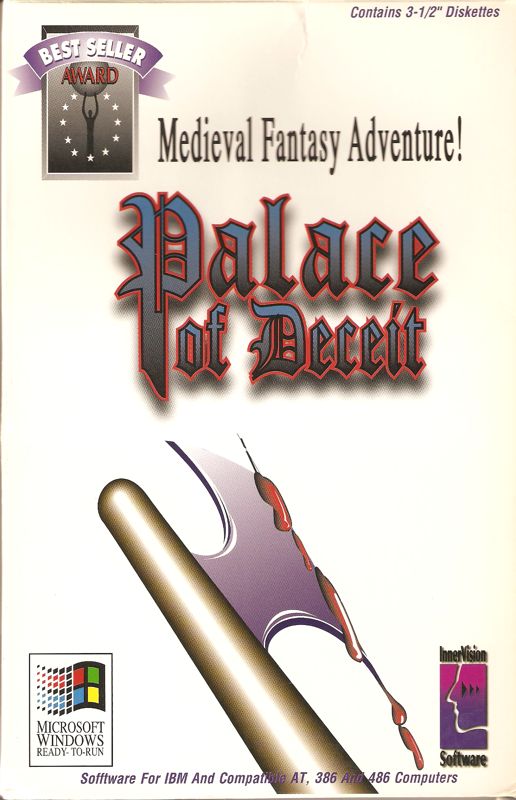
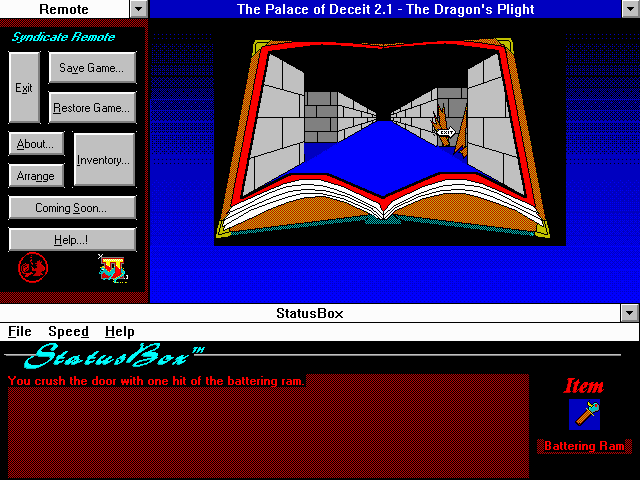
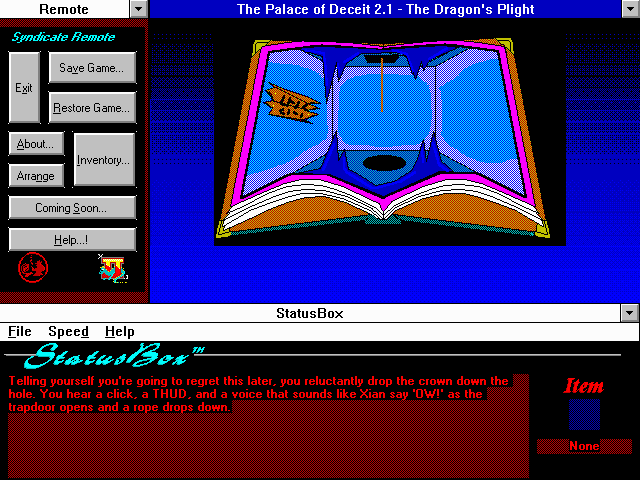
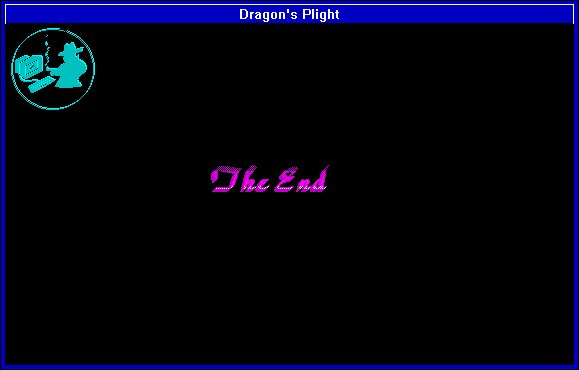
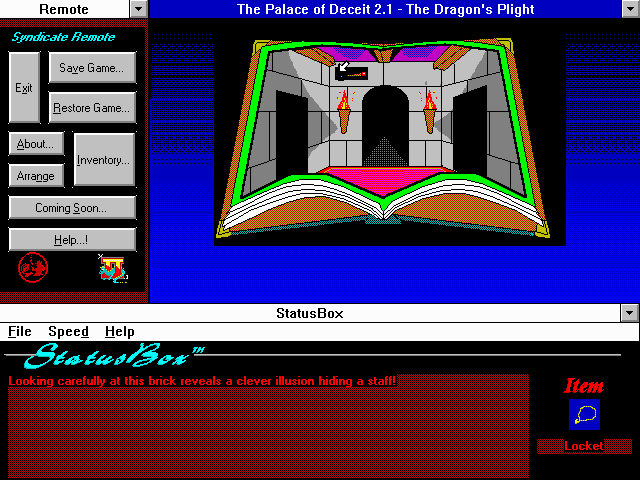
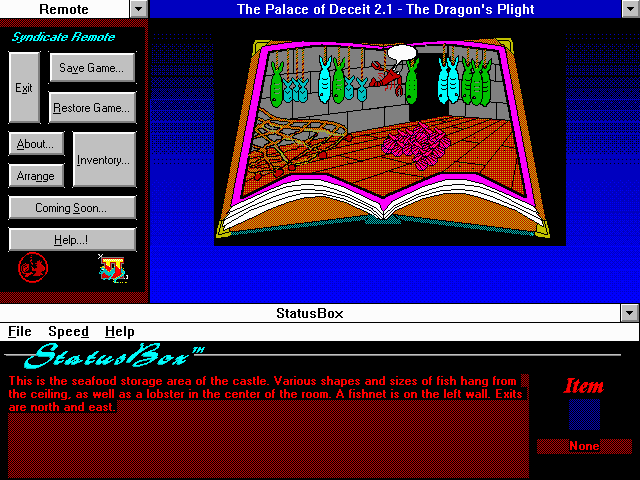



Reviews
There are no reviews yet.